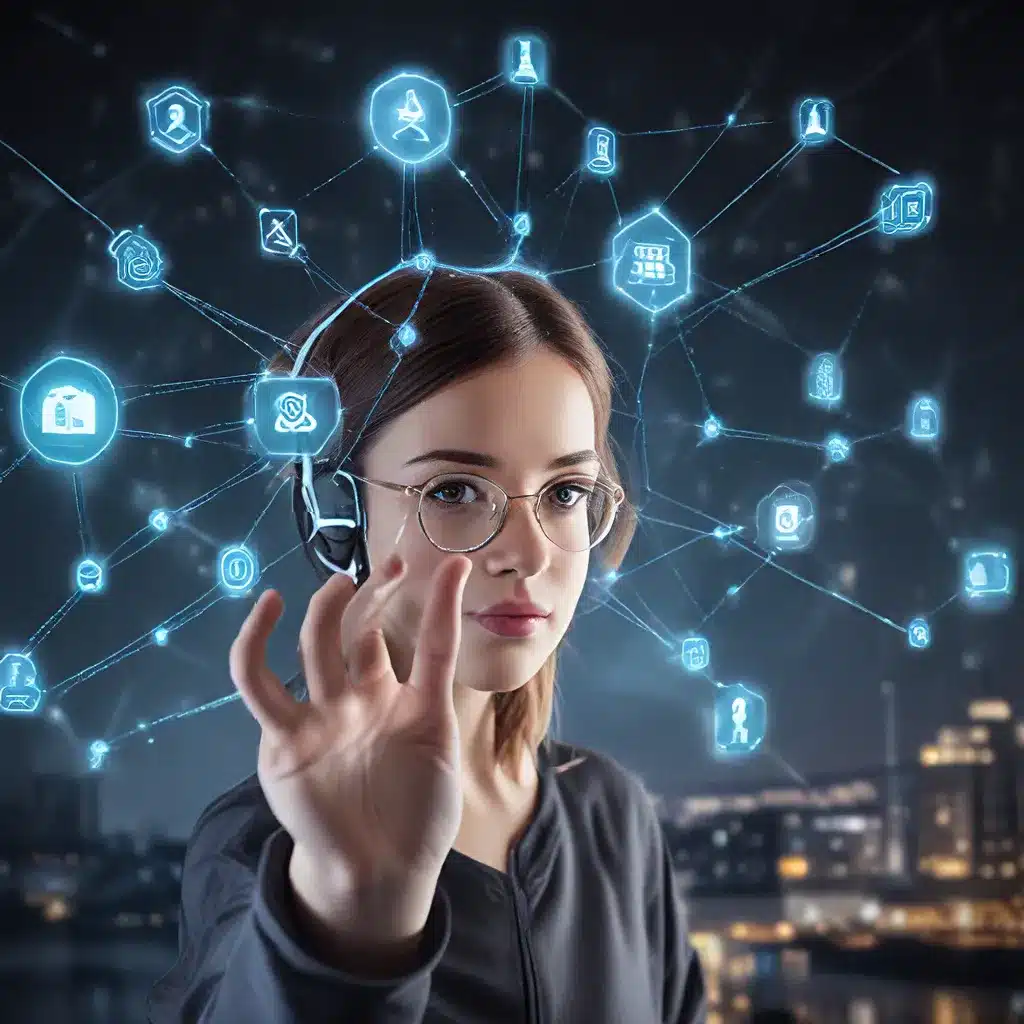
The Promise of IoT in Energy Infrastructure
The Internet of Things (IoT) has revolutionized the way we interact with our physical world, enabling the interconnection of devices, vehicles, buildings, and other technologies that can send and receive data. This interconnectivity offers immense potential for the energy infrastructure community, as it allows for advanced services and improved communication and control technologies. By integrating IoT into energy systems, utilities and grid operators can enhance the coordination between networks of devices, extend operational performance, and maintain energy supply to critical facilities, even in the face of potential disruptions.
However, harnessing the full benefits of IoT in the energy sector requires addressing key challenges, such as security, privacy, and resilience. Ensuring the trustworthiness of these IoT-enabled systems is crucial for their widespread adoption and effective integration into the energy infrastructure. This article explores the research efforts and innovative approaches that are paving the way for trustworthy energy optimization through IoT technologies.
Designing Secure and Resilient IoT Coordination Platforms
One of the primary focus areas in this domain is the development of trusted coordination platforms that can enable the secure and efficient integration of distributed energy resources (DERs) into the grid. The TrustDER project, led by Stanford University, is a prime example of this kind of research.
TrustDER aims to create a trusted coordination stack that combines recent advancements in machine learning, computer systems, safety, and distributed trust mechanisms. This platform can be used as a standalone solution or integrated into existing aggregation systems, providing trust, privacy, and resilience for the coordination of individually owned energy assets.
By leveraging ad-hoc Wi-Fi or other network services, TrustDER enables the secure and scalable coordination of DERs, increasing their utilization, reliability, and reducing the ownership cost for asset owners. This approach is particularly valuable for military and defense facilities, where the need for secure and resilient energy infrastructure is paramount.
Enabling Trusted Grid Services through Distributed Optimization
Another key area of research focuses on developing Energy Services Interfaces (ESIs) that can facilitate the trustworthy exchange of grid services between utility providers, grid operators, and service-provisioning consumers.
The Purdue University project aims to create an ESI that includes novel pricing, control, learning, and distributed optimization algorithms. These capabilities will enable utilities to recruit assets, such as IoT-enabled devices, for crucial grid services like load flexibility, voltage/frequency regulation, and situation-awareness.
By carefully distributing the learning and control functions across utility and asset owners, the project team aims to achieve provably efficient and resilient grid operations while respecting communication and information-exchange constraints. This approach is crucial for ensuring the trustworthiness of the grid services ecosystem, where multiple stakeholders and diverse DERs need to interact seamlessly.
Building an Open and Trustworthy Grid Services Ecosystem
Complementing the efforts in trusted coordination and grid services, the Portland State University project focuses on developing an ESI that provides a trustworthy link between Grid Service Providers (GSPs) and Service-Provisioning Consumers (SPCs).
The ESI will include a Distributed Trust Model (DTM) and a defined application profile for grid services dispatch, facilitating the development of an open and trustworthy grid-services ecosystem. This system will enable the aggregation of large numbers of residential DERs, which can be harnessed to enhance the reliability and resilience of the energy infrastructure, particularly in defense facilities and adjacent communities.
Optimizing Grid Services for Resilience and Operational Performance
The Massachusetts Institute of Technology (MIT) project takes a holistic approach to enhancing power system resilience through the development of the Efficient UltRa Endpoint IoT-enabled Coordinated Architecture (EUREICA).
EUREICA aims to enable the distributed networking of widespread IoT and grid assets, leading to enhanced power system resilience. The project team defines a resilient grid-edge as the rapid restoration of loads served in a distribution system from a critical threshold of 5% to a target of 80% or above when subjected to various contingencies.
The researchers will demonstrate how EUREICA can be used to optimize grid services, such as voltage regulation in normal grid operation and for resiliency in emergency situations. These advancements are particularly valuable for military bases and other critical facilities, as they can assist in operating as islanded microgrids in the event of grid disruptions.
Unlocking the Full Potential of IoT in Energy Infrastructure
The research projects highlighted in this article represent a significant step forward in addressing the challenges of security, privacy, and resilience in the integration of IoT technologies into energy infrastructure. By developing trusted coordination platforms, enabling distributed optimization for grid services, and building open and trustworthy ecosystems, these researchers are paving the way for the widespread adoption and effective utilization of IoT in the energy sector.
As the Department of Energy (DOE) continues to invest in these next-generation technologies and tools, the energy infrastructure community can look forward to enhanced operational performance, improved resilience, and secure energy supply for critical facilities, regardless of their connection to the distribution or transmission grid.
Ultimately, the successful implementation of these IoT-enabled solutions will not only benefit the energy sector but also have far-reaching implications for the security and resilience of the nation’s critical infrastructure, reinforcing the importance of trustworthy energy optimization in the age of the Internet of Things.